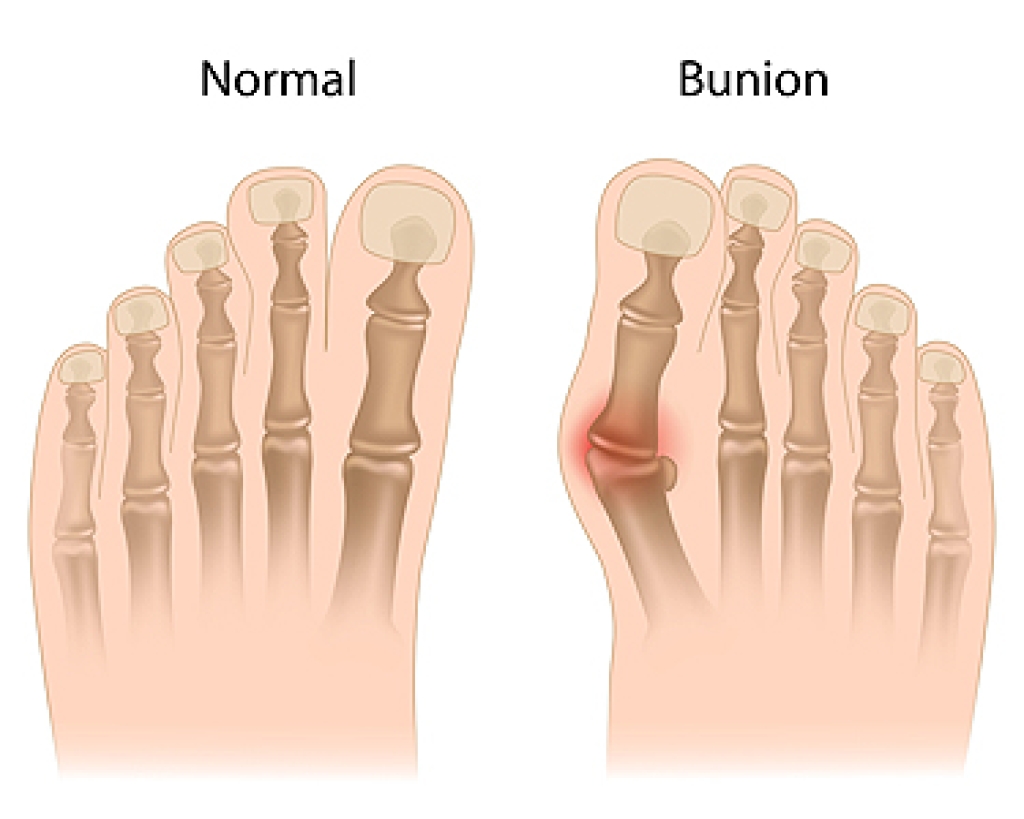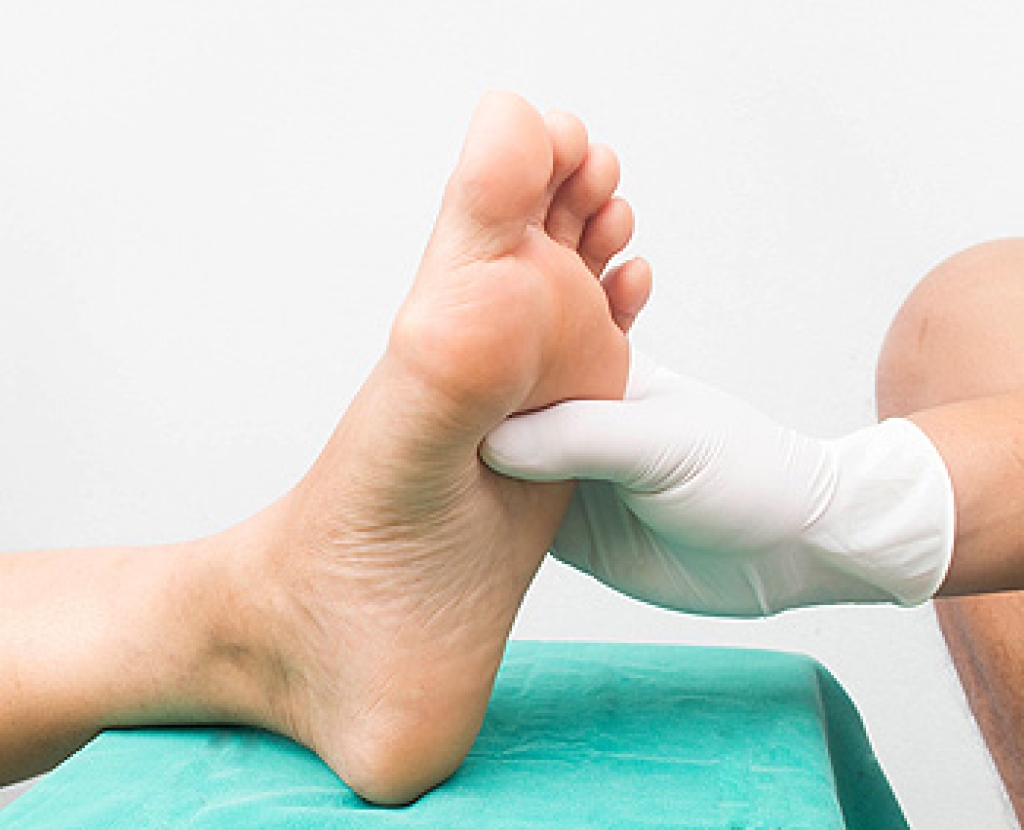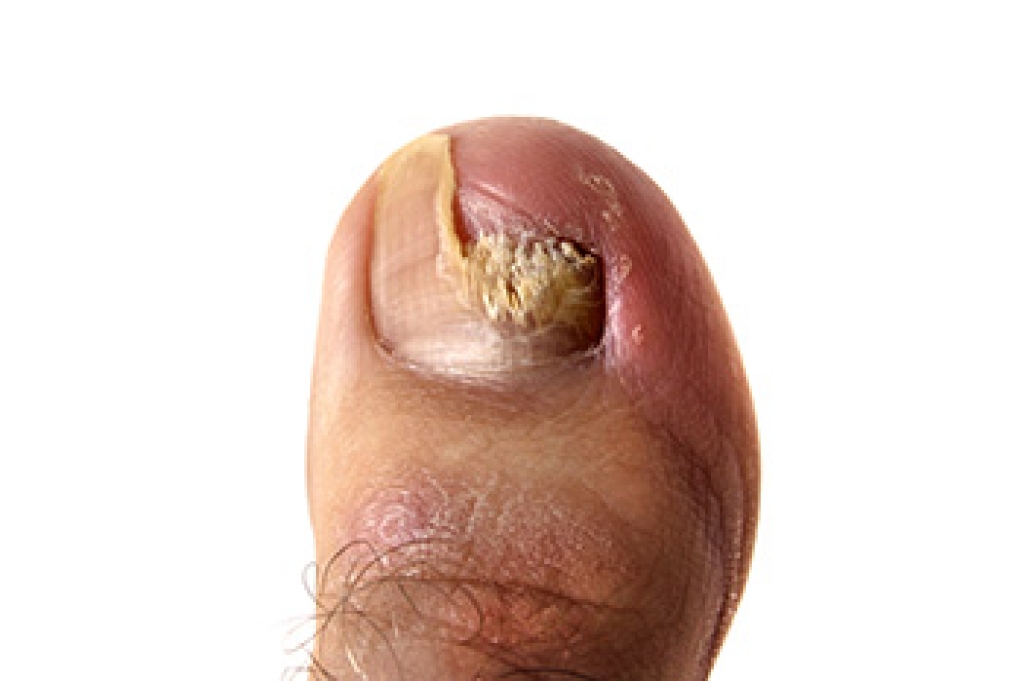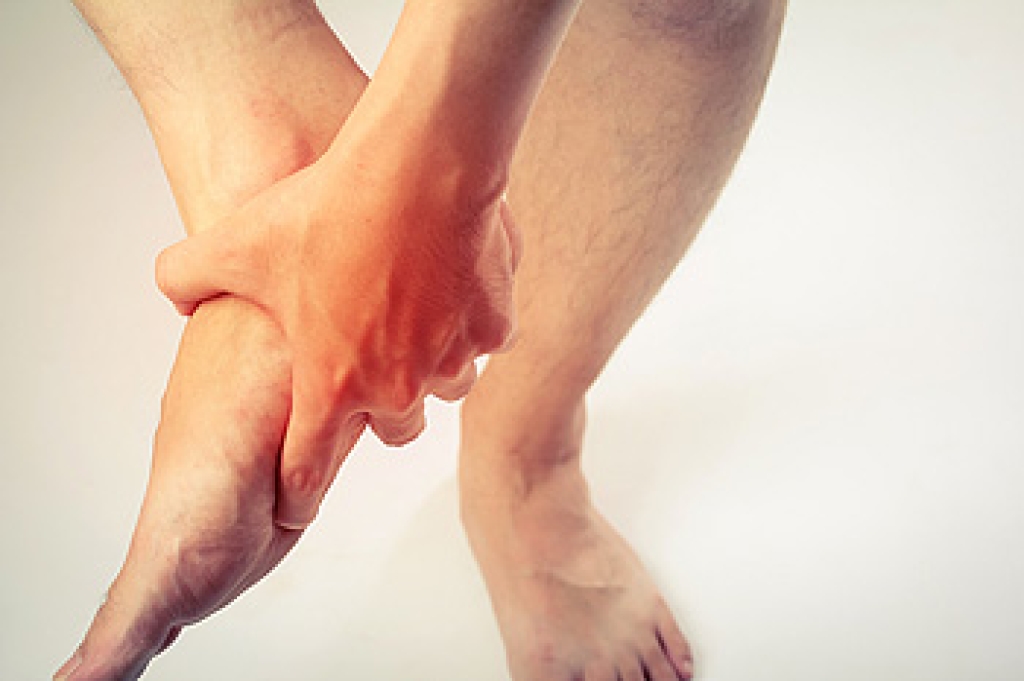
A bunion is a bony bump that forms at the base of the big toe, as the top of the toe shifts inward. This condition often results from pressure on the foot over time, leading to joint misalignment. Common causes include improper footwear, genetics, flat feet, or certain medical conditions. Symptoms may involve pain, redness, swelling, and difficulty wearing shoes. Risk factors include family history, tight or narrow footwear, and occupations that place stress on the feet. A podiatrist can evaluate the severity, provide pain relief, recommend orthotics, and discuss treatment options. If you notice a growing bump or discomfort at the base of your big toe, it is suggested that you schedule a visit with a podiatrist who can offer effective relief and treatment solutions.
If you are suffering from bunions, contact Chuc Dang, DPM of California . Our doctor can provide the care you need to keep you pain-free and on your feet.
What Is a Bunion?
A bunion is formed of swollen tissue or an enlargement of boney growth, usually located at the base joint of the toe that connects to the foot. The swelling occurs due to the bones in the big toe shifting inward, which impacts the other toes of the foot. This causes the area around the base of the big toe to become inflamed and painful.
Why Do Bunions Form?
Genetics – Susceptibility to bunions are often hereditary
Stress on the feet – Poorly fitted and uncomfortable footwear that places stress on feet, such as heels, can worsen existing bunions
How Are Bunions Diagnosed?
Doctors often perform two tests – blood tests and x-rays – when trying to diagnose bunions, especially in the early stages of development. Blood tests help determine if the foot pain is being caused by something else, such as arthritis, while x-rays provide a clear picture of your bone structure to your doctor.
How Are Bunions Treated?
- Refrain from wearing heels or similar shoes that cause discomfort
- Select wider shoes that can provide more comfort and reduce pain
- Anti-inflammatory and pain management drugs
- Orthotics or foot inserts
- Surgery
If you have any questions, please feel free to contact our office located in Westminster, CA . We offer the newest diagnostic and treatment technologies for all your foot care needs.


